Quality Assurance
Quality is our life
Quality assurance is critical for ensuring that products or services meet the desired level of quality, and for achieving customer satisfaction, brand reputation, compliance, cost savings, and continuous improvement.
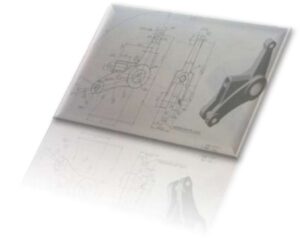
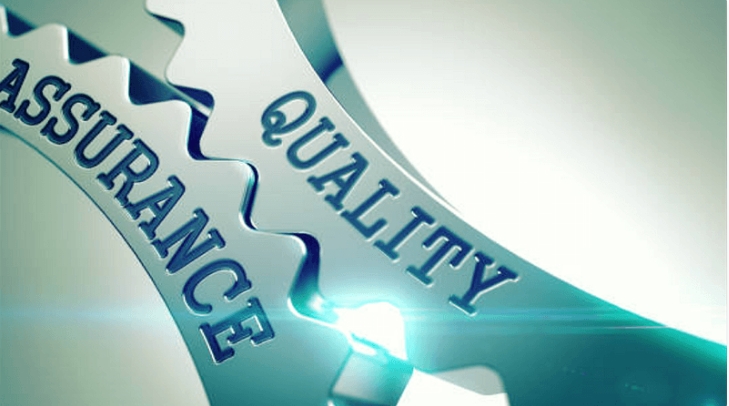
PDCA system
The PDCA system serves as a powerful instrument for enhancing processes, addressing challenges, and managing risks effectively. It empowers organizations to consistently enhance their operations, base decisions on data, and maintain processes that are dependable, replicable, and enduring.

- Continuous Improvement: The PDCA cycle is a continuous improvement process that enables organizations to continuously identify and address areas for improvement, leading to increased efficiency, effectiveness, and productivity.
- Problem Solving: The PDCA system is a structured problem-solving approach that helps organizations to identify, analyze, and solve problems.
- Data-Driven Decision Making: The PDCA cycle involves measuring and analyzing data to inform decision-making. This data-driven approach ensures that decisions are based on facts and not assumptions, leading to better outcomes.
- Standardization: The PDCA system provides a standardized approach to process improvement, ensuring that processes are consistent, repeatable, and sustainable.
- Risk Management: The PDCA cycle helps organizations to identify and mitigate risks by proactively identifying and addressing potential issues before they become problems.
Quality Inspection and Control Process.
1.Material selection
We strictly adhere to the use of high-purity raw materials certified to strict national standards. We conduct regular evaluations of suppliers, establish stringent Incoming Quality Control (IQC) standards, including random sampling of samples, execution of testing methods and standards, as well as the recording and analysis of results. This ensures that the mechanical properties, chemical stability, and corrosion resistance of the selected materials meet requirements, thus eliminating the formation of pores during the sintering process and preventing product defects.

2.Mature Feedstock Technology
During blending, alloy powders require appropriate binders. We thoroughly mix the alloy powders with binders, strictly control the process temperature, and prevent binder volatilization and uneven distribution. This ensures that the mixture exhibits good rheological properties and viscosity values after being processed into feedstock.
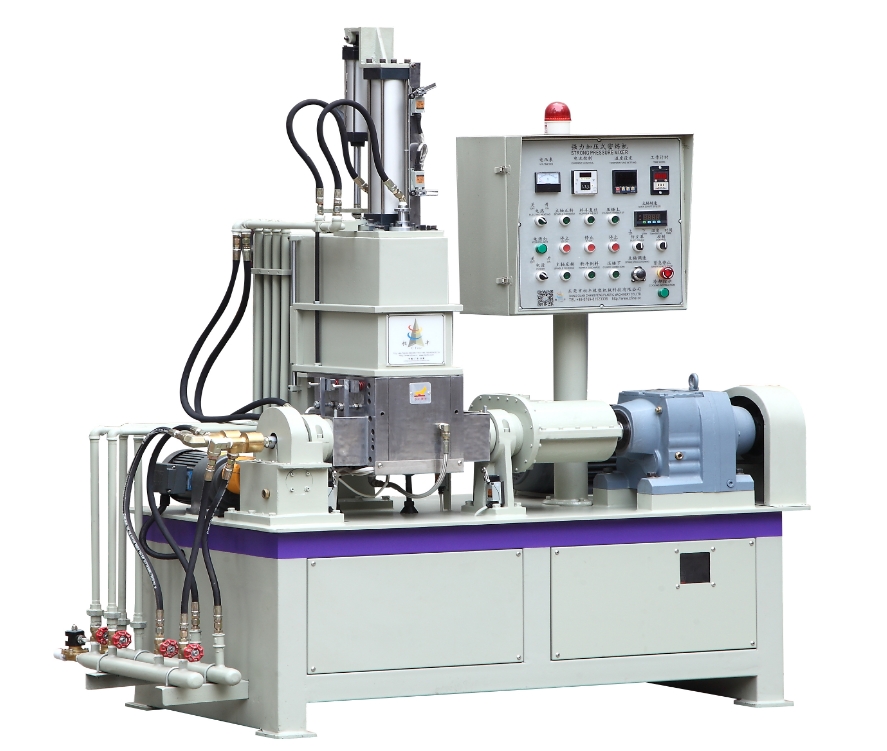
3.Injection Molding Phase
In the key process of alloy component production, we effectively avoid defects in injection brown parts by controlling mold temperature, feed amount, injection pressure, holding pressure, holding time, injection speed, etc., during the injection process.

4.Debinding Process
During the mold design phase, we consider the debinding requirements. Through rational mold design, we ensure that the polymer fully penetrate into every corner of the part. We rigorously control the debinding time and temperature, adopting a step-by-step heating method for debinding. We also control concentration and usage frequency of the debinding acid and conduct regular inspections of debinding equipment and process parameters.
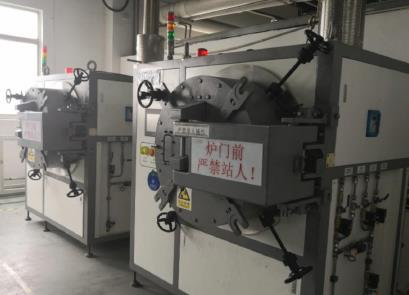
5.Sintering process
The density of alloys is high, and during liquid phase sintering, products are prone to deformation due to their own gravitational effects. We utilize appropriate support devices, selecting materials for support plates with shrinkage rates comparable to those of the larger-sized products. Simultaneously, we endeavor to minimize the duration of liquid phase sintering to achieve the desired sintering size.
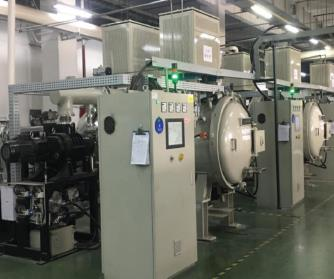
Common Defects And Remedies
1.Short shot
Short shot refers to the situation where the material fails to fill the entire mold cavity due to factors such as insufficient pressure from the injection molding machine or poor flowability of the injection material, resulting in incomplete injection molded products.
Solution: JunKun adopts measures such as improving material flowability or changing materials, increasing wall thickness, raising mold temperature, increasing injection pressure, and extending injection time to address the problem of short shots.
2.Deformation
Deformation refers to the bending or twisting of molded products after cooling, directly affecting the dimensional accuracy of the product’s appearance and even leading to product rejection.
Solution: Corresponding measures include ensuring uniform cooling of mold channels, extending holding pressure time, timely ejecting products, improving product wall thickness and structural design, and enhancing molding conditions.
4.Air voids
During the injection process, air trapped inside the mold cavity is unable to escape in time and becomes trapped within the material or compressed against the inner wall of the mold cavity, forming air pockets. This leads to surface defects in the product, affecting both its appearance quality and mechanical strength.
Solution: Measures to address air pockets include adding or deepening vents, changing the gate position, appropriately slowing down injection speed, extending holding pressure time, and avoiding abrupt changes in product thickness.
3.Weld line
During the injection process, the material separates into several streams within the mold cavity and then converges together. At the convergence point, linear traces, known as weld lines, may appear, affecting the appearance quality and even the mechanical strength of the product.
Solution: We prevent the occurrence of weld lines by increasing injection pressure, accelerating injection speed, raising material and mold temperatures, and appropriately reducing branching, among other measures.
Quality Inspection Equipment
Vision Measure system(2.5D)
three-coordinate measurement
Micro hardness tester
Paper tape wear
Densitometer
Temperature and Humidity Chamber
Certificates
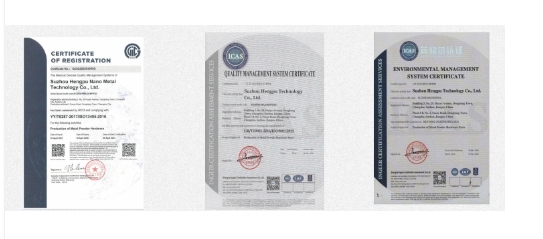
passed the ISO14001:2015 third-party environmental management system
passed OHSAS18001 third-party occupational health and safety system
ISO/TS 16949 (IATF 16949) is under auditing.
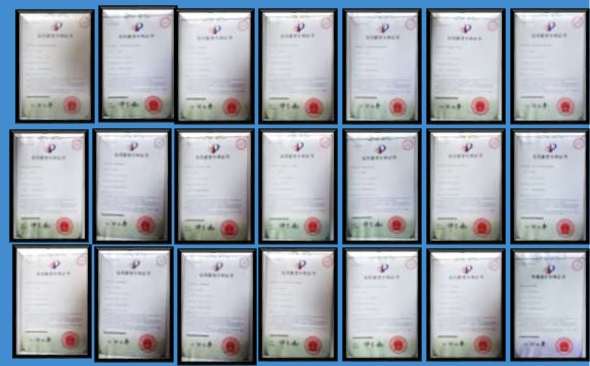
42 National Patent Certificates
